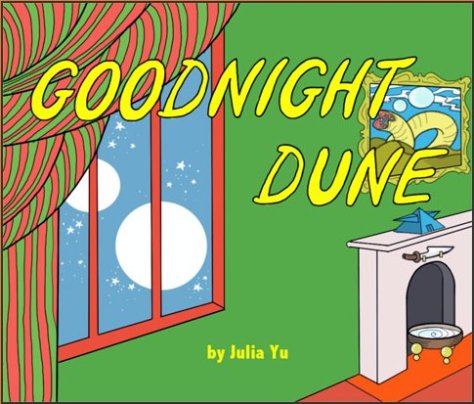
What do you think when you see a tweet like this one?
If you regularly read this blog or are a fan of the Free Software Foundation, you probably see where I’m heading.
To most people, perhaps even the author of the tweet, “free” means without cost. Now don’t get me wrong. I am all for providing educational resources that students and teachers can access without paying money. School budgets are stretched to the limit as it is.
However, the cost is less important than the freedom to actually use the resource. If my school doesn’t have good Internet access, can I download the resource to make it available on the computer(s) in my classroom?
If the material is good, but it doesn’t quite fit the students’ needs, can I modify it to improve its value?
If my students want to create projects that grab elements from the resource, can they know that they are not breaking any copyright laws, and can I lead them through that creative effort in good conscience?
Education depends on students being creative while working to incorporate new ideas with their current understanding. Students need to be able to mash together bits from all over their experience. The mashup is critical. This tweet gets the essence.

(L_Hilt informs me to credit @jackiegerstein for the quote. Don’t you just love social networking and being a connected educator?)
Students need to make and remake and blend and mashup. Resources that are free of limiting restrictions are more valuable than those which are merely free of cost.
Teachers need to guide students through the process of gaining knowledge and skills while attributing (citing) sources. Fair use rules overcome some of the limitations of copyright, but not enough.
Teachers, students, parents and administrators need to understand the benefits of the cultural commons. Everyone in education benefits when “free” resources are also Free Culture friendly.
Learn more about free culture, start here: http://en.wikipedia.org/wiki/Free_culture_movement
As a parent, I read Goodnight Moon written in 1947 by Margaret Wise Brown and illustrated by Clement Hurd to my children several dozen times, at least. As a fan of science fiction, I read Dune written in 1965 by Frank Herbert a couple of times, though not to my children. They have since chosen to read it, or not, on their own. My son has read Goodnight Moon to his children. Whether they read Dune will also be left to them.
Along comes Goodnight Dune by Julia Lu. It isn’t in print, but it is on line: http://goodnightdune.com/index.html and I recommend you read it.

A quick search identifies the work as parody. That’s good. Parody is one of the exceptions to the otherwise strict interpretations of copyright, these days. Julia Lu was inspired by a set of parody childrens’ book covers at http://www.collegehumor.com/article/6362893/five-sci-fi-childrens-books
Parody has been around a long time. Wikipedia describes it as “an imitative work created to mock, comment on or trivialise an original work” but for me, Goodnight Dune honors both original works. It is a mashup of two important works. It isn’t to be taken too seriously, but it illustrates an important aspect of our common heritage, our cultural commons. The work made me smile, and then smile some more.
It is important to me that we have a cultural commons. I was a teacher for 36 years. My daily effort was to get my students to appreciate the best elements of our culture through reading, research, and recreation. I did not say “plagiarism” there. I said “recreation.” I believe the essence of education is getting students to learn how to be contributors to culture. One of the effective ways to do that is to help them not to parrot the works of others, but to do, for themselves, work that has been done before. Millions of children and adults have put corn seeds in beakers and watched them germinate, observing that the roots go down and the leaves grow up no matter what the orientation of the corn seed. Making that observation in person is an important step in scientific thinking. It is not enough to read the accounts of other observers. It is also not enough to do the experiment in isolation. The observations need to be linked to the physical effects of gravity on a bucket of water, the experience of trying to jump at a basketball hoop, etc.
We develop our understanding of the world by mashing together a large variety of experiences. We do it ourselves, but benefit from the guidance of thoughtful adults. Our culture is built on the achievements of the past, but is maintained and improved by the work of doing it ourselves.
We need to encourage students to recreate, to combine, to “parody” the world they see around themselves. It isn’t enough to “cover” the materials in the textbook. It isn’t enough to prepare for the common core state standards and the standardized tests. Learners need the supportive environment of experimentation and mashup and parody to prepare themselves to be real contributors to the culture of today and tomorrow.
Goodnight moon. Goodnight Dune.



